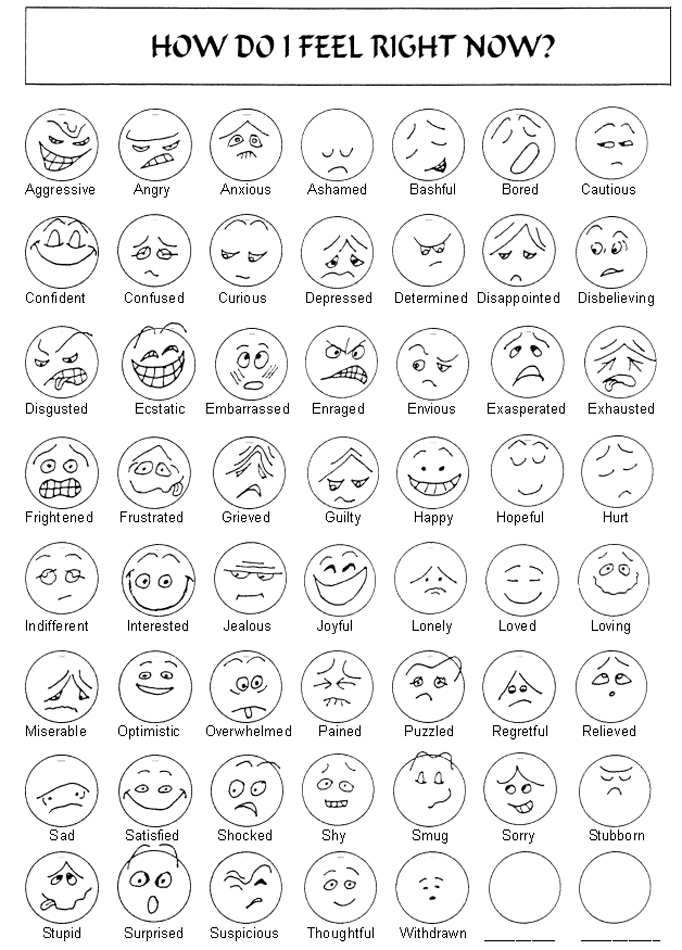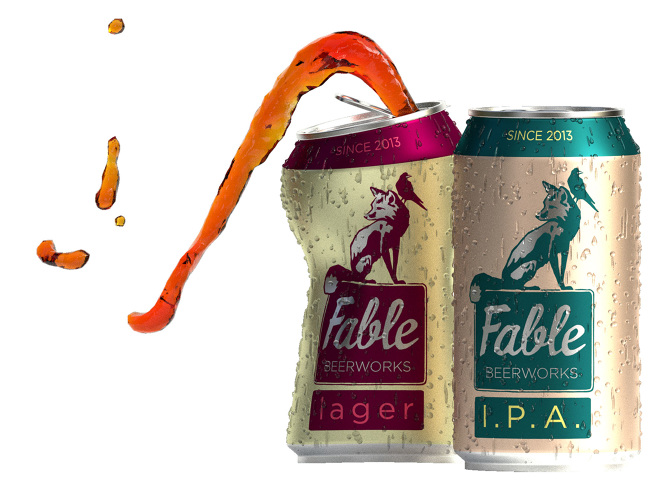Isabelle Yablon Interviewed by Avery Lawrence
There are 13 students. A number that proved a consequential for Isabelle Yablon, the remainder after the great pairing. So, she was stuck with me, teacher. Isabelle created an animated poster with shape-shifting eyes and mouths. It creates an indeterminacy that shivers an at-times ominous, at-times goofy essence into the core of the image. The words suggest that the mouth and ears are nemeses. That shape-shifting imagery indicates that it may be a bit more nuanced. In the conversation that follows (carried out in a Google doc over multiple days), we exchange ideas not only about her animated poster but also my personal work, the Internet, twindom, social media, Neighborhood Watch, and, well, more Internet.
– Avery Lawrence
Avery Lawrence: How did you come up with your idea?
Isabelle Yablon: So, my idea was based on the premise that in today’s age, nobody listens to each other. Everybody always thinks they are right and it has created a huge polarization in my mind, not just politically, but socially, humanistically, and even biologically.

AL: Can you remember when you started noticing this? Do you think something changed in the world that gets in the way of people listening to each other? Or did something change in you that made you more aware of this phenomenon? Or maybe both of those things happened?
IY: I have definitely become more aware of this phenomenon with age, but as I think more about it, it really came about in being one of six in my family. Navigating five very unique and strong-headed family members has never been simple and more often than not, results in clashing heads. What’s more, being a twin also pushed me to become aware of my personal identity, opinions, and hobbies as separate from my other half. The act of listening and observing the environment around me has long been a part of who I am and the way I process information. As such, our struggle—as a society—to absorb, rather than exude words and opinions has never felt more topical than it does today.
AL: Your design reminds me of “Neighborhood Watch” signs. I think because the mouth-turned-eyes + the typeface take me to that space of ominous warning. Have you heard of panopticons? It’s a building, a prison, in which one person can watch everyone else and the everyone elses can never be sure if they are being watched. I think about the Neighborhood Watch signs in that context and how you never know if someone is peeking through their curtains, watching you while you walk down their street. Anyway, that’s where my brain goes. How does that make you feel in relation to your poster design?
IY: That’s super interesting; I totally see how my poster is rather eerie or ominous-looking—disembodied ear, and all. However, while my initial goal was not to be a “warning”, I guess it works well to serve that function. I did want my poster to be sort-of, in your face, to make the viewer stop and think about whether or not they listen or just hear. The reason I don’t really think about “watching” or the “Neighborhood Watch” signs is because I tried my best to not place the emphasis on the eyes being eyes, but the eyeballs being open mouths and the mouth being a reflecting ear. It’s the paradox, there, that I was going for.
AL: I see what you’re saying. Looking closely at the “face” in your poster, it communicates something different than the “we’re watching you” or “we cancel out ‘bad’ people” messages in the Neighborhood Watch signs. Those faces either portray the watchful eye of the neighbors or the nefarious eye of the would-be criminal. In both of those cases, the eyes have, uh, pointy-ness. Your eyes don’t. They’re perfectly round circles, really big circles, actually, if you think about the more traditional size relationship between an abstracted/cartoonized eye and mouth. And, although there is something snake-mouth-like in the mouths in the eyes, they are de-fanged, maybe even totally de-toothed. All that’s to say: I’m seeing more of a puppy face expression rather than a “I’m watching” expression. The mouths in the eyes simultaneously read as “pupils” and “eyebrows.” I found a Feelings Chart on the internet. Your poster’s “face,” when the ear is “closed” could be “regretful.” When the ear is “closed,” could it be “sorry?” Maybe. I don’t think we need to read into it that much, but, to reiterate (and agree with you), there is something particular about the face in your poster, but it’s not particularly evil or ominous.

AL: Disembodied ears are weird looking. I never thought about them as an orifice that could stand in for that main, head orifice (the mouth), but now I can’t unsee it. What gave you the idea to turn the ear into a mouth?
IY: I was thinking about the notion that everybody always wants to speak, but never listen. So came up with the idea to put an ear where your mouth is and your mouth where your eyes are; you can watch other people open their mouths, but your lips should be shut and your ears open. That was sorta the message. And why this message? Not to tell people to just “shut up”, but because the ability to listen and observe is a highly important skill that many people lack today.
AL: Totally. Where do you think this “poster” should be posted? Who needs to listen? And do you think they would actually “listen” to this poster and shut their mouths? Or maybe the poster is not actually for them?
IY: I can see this poster being posted on a billboard, on social media platforms, any place that reaches everyone. I think this message applies to everyone, not one singular group or type of person. Whether or not people take action after seeing this poster is unknown; I guess the point is to make them think first. I want people to ask themselves, “do I only hear things without actually listening to them?” or “what does it mean to start listening and stop hearing?”
Avery Lawrence Interviewed by Isabelle Yablon
Isabelle Yablon: I was looking through your portfolio (which is super cool and I enjoyed the web-design) and came across the DESIGN section. One thing that caught my attention was the work you did with logo design and marketing. What was your experience like creating the packaging for a beer company? What aspects of your design process were altered given such an emphasis on targeting the correct audience? I am super interested in learning more about the creative side of marketing and even consumer packaging; I can imagine that understanding the consumer and their preferences would be tremendously important in this sector.

Avery Lawrence: My poor website. Oh, how it is neglected. (Note: amongst artists, the my-website-is-so-out-of-date line is oft-used to indicate an appropriate level of detachment and apathy/antipathy toward the Market and Capitalism. Read: “coolness”). And that parenthetical brings me to my next point: I identify more as an artist that makes Art (the product that purports to have no Client but is over-represented in the homes of rich people) but I dabble with Design (the Client-purchased product that “solves” the Client’s stated problems), so I have conflicted feelings about marketing and targeting and their tentacular creep into all aspects of Design, Art AND Life. That said (another obligatory Art aside?), my experience working with the beer company was lovely and laborious. My friends started the brewery that quickly fizzled when it came time to source the seed funding. I say “lovely” because I got to be in close contact with those friends for a period of time and help them realize a vision (the logo). And “laborious” because friends can often (and understandably) extract extra effort from other friends (me). The alterations that arose in this design process served: 1.) the audience of the imagined consumer (beer-drinkers in our town of Charlottesville, VA) but mostly 2.) the small group of partners involved in the brewery venture that were trying to capture a feeling as they began the scary/exciting process of starting a company. I’m fascinated by the creative side of marketing, too, and the levels of hyper-creativity and productivity of a designer (or algorithm) that serves the demands of micro-targeting each individual person who donates “me” data with, say, an Instagram account. I hope I don’t sound too disaffected. I like ads sometimes!
IY: Noth-/Every-thing Posters → What was the inspiration behind creating these designs? How do you understand the designs depicting “everything” versus those representing “nothing”? Are they meant to complement or oppose each other? What do the eyes, or more eyeballs, represent? Does this series have anything to do with the internet and the exorbitant amount of information available? Is the message that we see so much that we really can’t see anything at all?
AL: These posters were an excuse. “Excuses” are what non-students do when there are no more assignments. I needed an excuse to learn Blender. I needed an excuse to practice making things. I needed an excuse to post on my website. “Excuses” are also called “self-directed projects” or “personal work.” And yeah, the inspiration was the Internet. It’s everything you could ever want to search and buy and watch and play. It’s nothing physical (apart from the server farms and the people at the other computer). So, it’s both nothing and everything, which seems negating…so, wait, it’s nothing? Whatever it is, it is mostly incomprehensible to me in terms of scale and function and meaning. Thus, the wide eyes. But they are not actually wide eyes; they’re just disembodied eyeballs. But they are not actually eyeballs; they’re pixels generated by a render engine processing polygons and “textures” and “lights” in a 3D model. So, we could digress into a discussion about representation, but really, I’m mostly interested in how you can put eyes on anything and make a face, a character, a being, which conforms to cartoon-world logic and I like that. It’s funny and conceptually potent, I think. But now, after seeing the ear/mouth creature in your poster, I’m thinking there’s fertile ground for sowing with ear-seeds (to extend the metaphor) that turn things into characters. Back to your question: I really like your read of “we see so much that we really can’t see anything at all.” It makes me think about human perception and how we attend to areas, moments, foci, but not “everything” cuz that’s just too much. So, I guess I’m saying BOTH that sometimes blindness like that can be productive AND myopia is a treatable medical condition.




